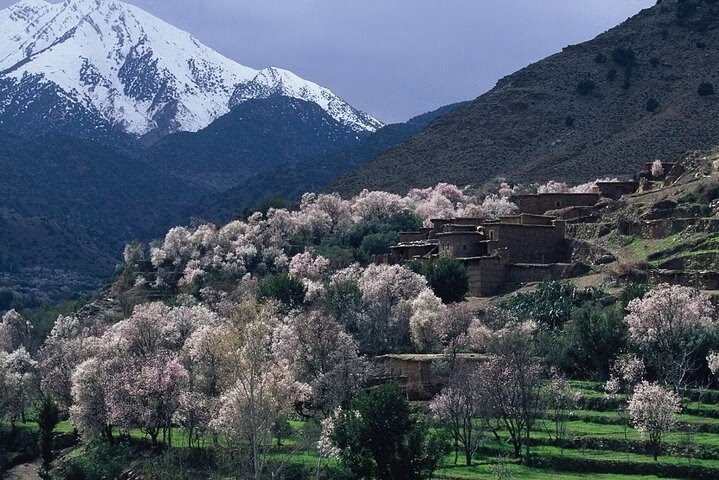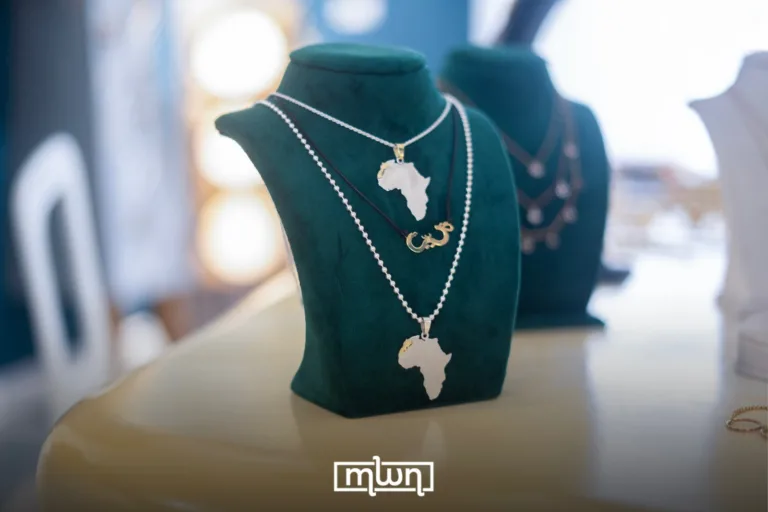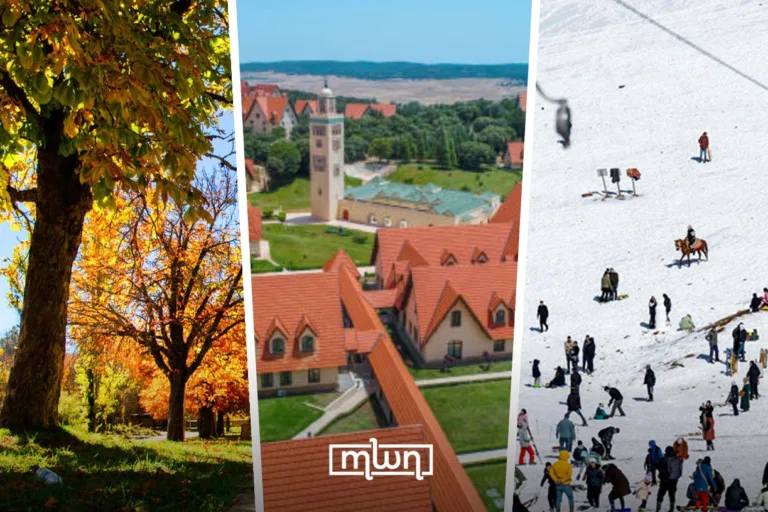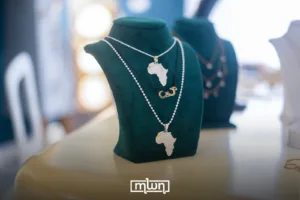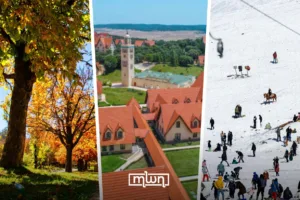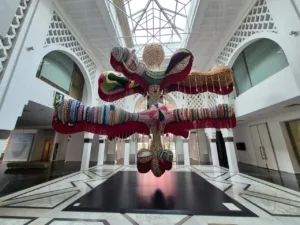Once a target for empires, today Targa stands quietly outside Morocco’s development spotlight.
Fez– It doesn’t make headlines or show up on travel brochures. But for those who know the northern coast of Morocco, Targa is a name that carries weight: a small village with a long memory, shaped by history, faith, and quiet resilience.
Part of the rural commune of Tazka and not far from Chefchaouen, Targa’s roots stretch deep into the past.
According to the 16th-century geographer Leo Africanus, the village may date back to the time of the Goths. In the 14th century, it was known for its modest population of fishermen who preserved their catch and traded it inland.
Because of its strategic location on the Mediterranean, Targa quickly became a target.
In the early 1500s, the Portuguese tried to seize control, but were repelled by the locals, whom Leo Africanus described as remarkably brave.
A decade later, the village was liberated by Moulay Ali Ben Rachid, a mountain leader who fought off the Portuguese before his death in 1512.
Targa’s defiance has continued through the centuries. During the colonial period, it fell under Spanish control in 1921, in the midst of the Rif War led by Abd el-Krim. But unlike many neighboring towns that have since been transformed by tourism and construction, Targa has largely escaped modern overdevelopment.
The town remains absent from government cultural programs, provincial investment plans, and tourist circuits. Its recent improvements have been entirely local, born of community initiative rather than state intervention.
Despite its neglect, the village holds a wealth of historical and architectural heritage.
A 14th-century fortress built by the Marinids still stands, known locally as “Dar Sultan Akhal,” named after Sultan Ali Ben Othman.
A 15-meter-high defensive tower built by the Saadians guards the entrance to the beach. Archaeological digs in the area known as “the zawiya” have confirmed the presence of a buried ancient village, though excavations were abruptly stopped for reasons never made public.
Targa was also a base for maritime resistance from the 14th to the 20th centuries. It played a role in both religious and national resistance, housing zawiyas, an old mosque, and graves of notable local figures.
Among them are Sheikh Ahmed El Ghazal, an Andalusian jurist exiled during the Saadian era, and Lalla Zahra, wife of Moulay Ali Ben Rachid.
Life in the village remains simple. Most residents own modest homes and small plots of farmland. Children attend Quranic schools and still carry wooden writing boards as they run through narrow streets.
The elderly gather by the mosque or sit quietly on doorsteps, observing passersby and trading stories about faith, politics, and village gossip.
Women in Targa have held firmly to traditional dress: white wool cloaks, colorful “shashiyas” woven from palm fiber, and striped sashes known locally as “kenbouch”.
These details, along with the women’s calm presence and graceful manner, anchor the village in its cultural identity.
The summer season brings a brief economic boost. Homes are rented to vacationers, and local vendors, young and old, fill the streets with fresh bread, sweets, grapes, and small handmade goods.
Even children join in, offering their goods with wide eyes and open hands. Their charm is often more persuasive than any sales pitch.
Fishing remains one of Targa’s main lifelines. Its port supplies fresh sardines, anchovies, tuna, and other fish to nearby areas.
The local fishing cooperative organizes boat tours and seasonal events to keep the port active and bring in some income during the summer months.
But infrastructure remains weak. Roads need repair. Water and electricity are unreliable. Historical monuments are left without preservation. And yet, Targa has never relied on flash or funding to keep going.
It continues quietly, unchanged in many ways, offering a rare kind of authenticity.
If there is ever a serious plan to support Targa, it must begin by protecting what’s already there.
Not just the ruins and the cemetery, but the pace, the traditions, the dignity of a community that has long lived on its own terms. Because what makes Targa remarkable isn’t what it could become, but what it already is.

